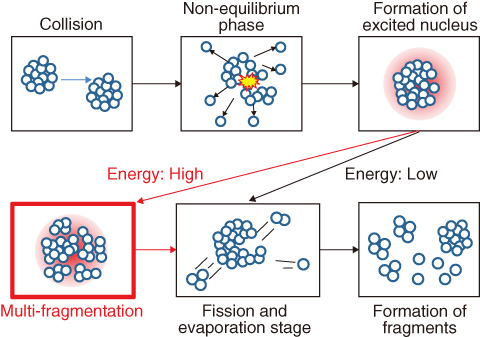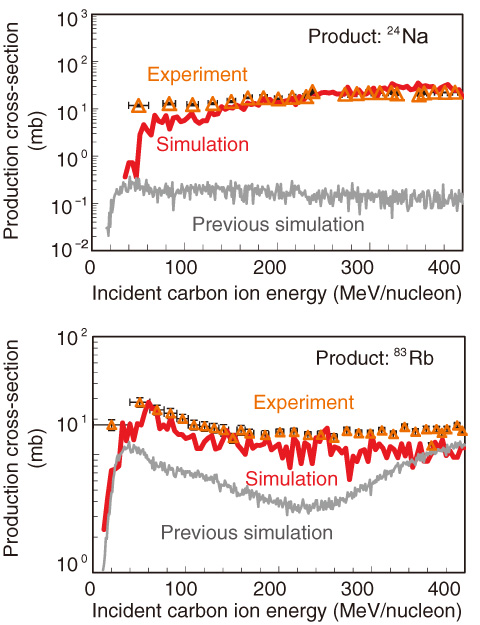
Fig.8-5 Simulation flow of high-energy nuclear fragmentation reactions

Fig.8-6 Comparison of fragment production reaction cross sections (upper: NatPb(C,x)24Na reaction, lower: NatPb(C,x)83Rb)
In accelerator facilities, various radioactive fragments are produced by spallation of nuclei by high-energy radiation. Because radioactive fragments become radiation sources in accelerators after the operation period, the fragments must be considered, e.g., for safety management in maintenance. However, the radiation transport simulation codes used for shielding calculations cannot accurately predict fragment production from heavy elements.
To solve this problem, we measured the fragment production cross sections of lead bombarded by carbon ions at the National Institute of Radiological Sciences heavy ion therapy facility, HIMAC, and revised the reaction models of the Particle and Heavy Ion Transport code System (PHITS) on the basis of the experimental data. In the experiment, cross sections in a wide energy range (from 50 to 400 MeV/nucleon) were measured by a new method, in which stacked lead plates were irradiated and the fragments in each plate were measured. Calculation by the previous version of PHITS underestimated the cross sections by a factor of 100 at the maximum. We assumed that the underestimation was attributed to the absence of a multi-fragmentation process. In this process, nuclei are disintegrated into multiple small fragments, whereas the old PHITS assumes that all the excited nuclei undergo a fission/evaporation process to form fragments. Therefore, a new model, the statistical multi-fragmentation model, was added to the calculation model of PHITS; it determines the partition of nuclei on the basis of the probabilities of various partitioning patterns calculated using statistical mechanics (Fig.8-5). The fragment production cross sections calculated by the revised PHITS reproduced the measured ones accurately (Fig.8-6).
In this research, accurate prediction of the radioactive fragment production cross sections by PHITS was realized; this contributes remarkably to the precise evaluation of radiation safety in high-energy accelerator facilities.
This work was partially supported by a Japan Society for the Promotion of Science (JSPS) KAKENHI Grant-in-Aid for Research Activity Start-up (No.24860072). This article includes the results of the Research Project with Heavy Ions at NIRS-HIMAC.